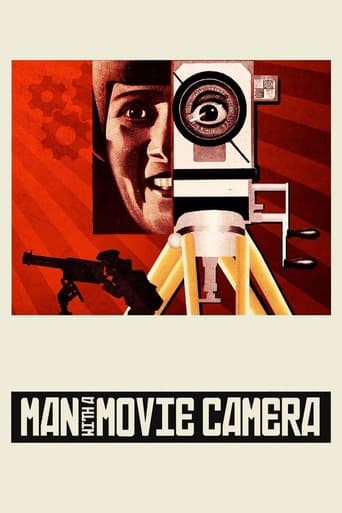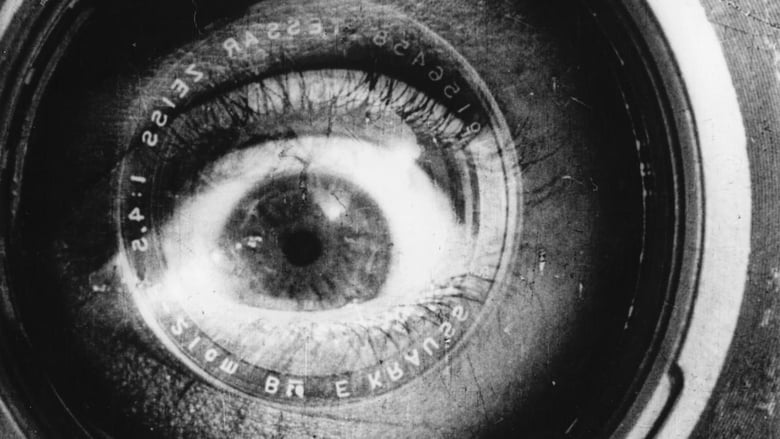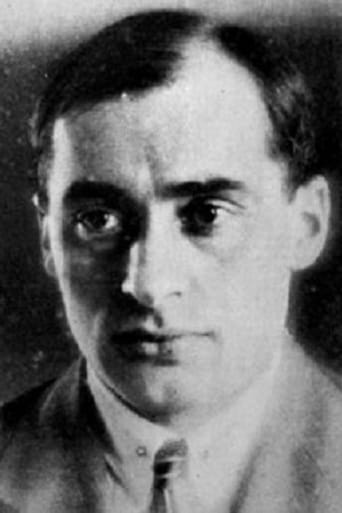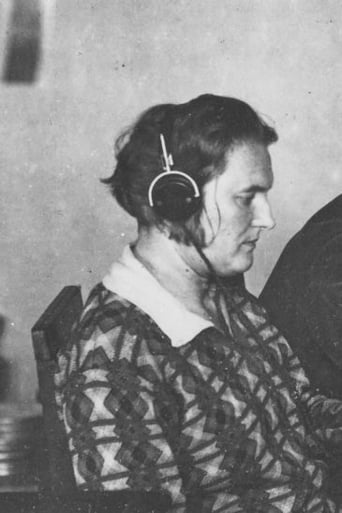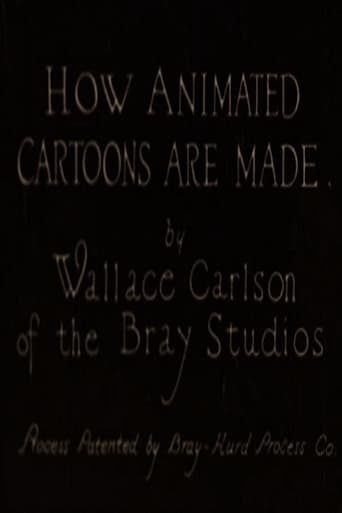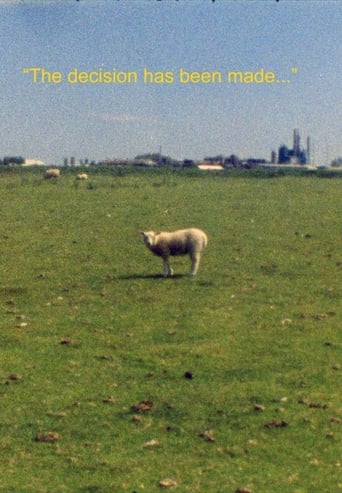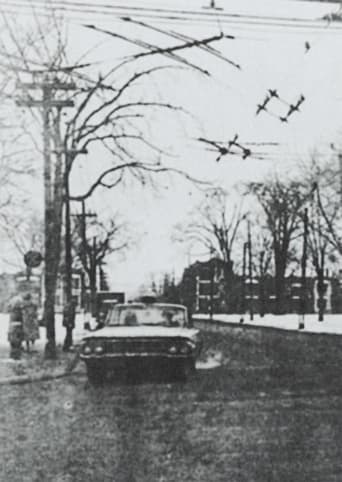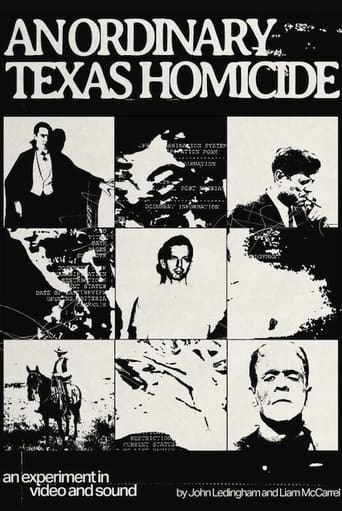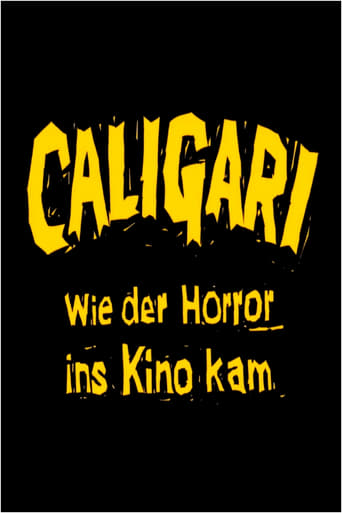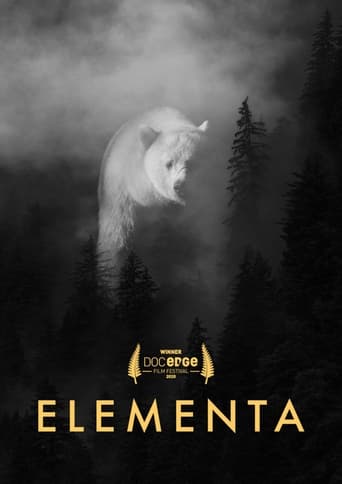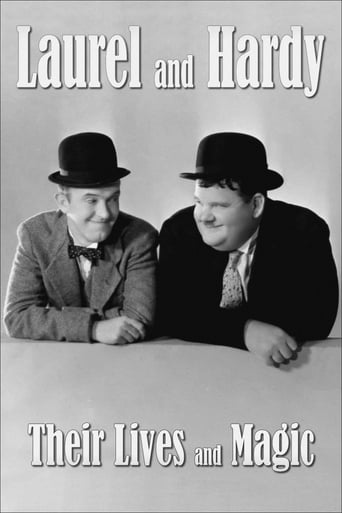Man with a Movie Camera (1929)
A cameraman wanders around with a camera slung over his shoulder, documenting urban life with dazzling inventiveness.
Watch Trailer
Free Trial Channels
Cast


Similar titles
Reviews
Truly Dreadful Film
A lot of fun.
The film makes a home in your brain and the only cure is to see it again.
By the time the dramatic fireworks start popping off, each one feels earned.
A tree. A baby. Machinery. A basketball match. An old lady. Homeless people. Piles of smoke. A busy street. The merry-go-round. A cinema. Another homeless person asleep. A woman who dresses up. In a nutcase, everything is incredibly annoying. This film did not invent the jump cut, the 'montage of attractions,' or the Gestalt-like editing practice. Its 65 minutes seem like 6.5 hours of pure boredom. A waste of time, therefore. A bad example of what has since been labeled 'precursor,' even 'inventive historical classicism.' It's just a succession of random shots, taken by a leisurely director who, in his free time, vaguely edited it. It tried to capture the feel and rhythms of a modern city (Moscow) as well as the joy of living and working in the Worker's Paradise. Stylistically and modernly speaking, the closest comparison would be, for example, with Koyannisqqatsi or Arne Sucksdorf's Rhythms of a City. But Vertov suffers by comparison with any other documentary filmmaker. He is far from being a "must" for filmmakers or film buffs. A revolutionary film? Absolutely not. It did not represent any advance. Berlin: the Symphony of the City, dated 1927, or Joris Ivens' Rain, dated 1929, would best qualify for such epithet, and yet that would be an exaggeration. A documentary? There is a great difference between documentary and propaganda. A documentary generally shows life as it is, while propaganda shows what a filmmaker wants to show in order to make a point and convince others of some idea (usually political or economical). Vertov is frank propaganda. His concept of artistic social responsibility was derived from Stalinist notions and later incorporated into Nazi concepts. His goal was to glorify the Soviet regime. In 1929 Stalin consolidated his power in Russia and was about to embark on what was one of the most brutal and bloody regimes in history. Vertov perhaps did not know then whereto the regime would lead, but he did continue to make films that praised Stalin (Kolybelnaya, for example). Let no artist be condemned just for working for the state. I like Eisenstein, for example. If you must rent and watch The Man With a Movie Camera, do it with a solid perspective, regardless of... taste.
Man with a movie camera is a 1929 silent documentary film, with no story and no actors re-released this year for the BFI festival. This is one of the most hypnotic films i have seen i a long time even though this is just basically a man , with a camera shooting everyday things in 1928 Russia. He's obvious raw talent for film making makes this an absolutely fascinating watch. The people he films are normal Russians going about their everyday life yet i could watch them for hours. I couldn't help looking at the young people wondering what would have happened to them 10 + years later in the war against Germany. He also tries to experiment with the camera quite a lot and the outcome is quite crude yet i imagine ground breaking for the time. The soundtrack can be a little annoying at times but i recommend this highly to lovers of history of film .
Whilst films showing life in big cities were not exactly rare during the 1920s the inventive style David Kaufman brought to "A Man with a Movie Camera" was so unique and left such an impression that to this day it is still seen as one of the greatest documentaries ever made.Kaufman filmed the picture under the name Dziga Vertov, which translates as spinning top, nicely summing up the frenetic editing and jumping of the shots in the film. Kaufman was no fan of the narrative film feature calling it "the Opium of the people long live life as it is", which is exactly what he did, preferring to shoot life as he saw it.The film is a city symphony showing the events one day except Kaufman actually filmed it in three cities over a period of four years. Kaufman succeeds in making daily life look thrilling; it's frantic pace bringing a high level of excitement. At the time, audiences must have been thrown off by the editing (the shot length averaging 2.3 seconds was unheard of in 1929). Kaufman essentially makes editing the star. In one sequence we are even shown the editing process, which he combines with still shots to great effect.Adding to the excitement is the regular footage of "the man with a camera". Many of the shots are of footage being taken and great lengths were gone to in order to capture some images. Balancing on a car, lying on train tracks as a locomotive approaches and hovering over a waterfall just to name three. Many versions are available with varying musical accompaniment. The version reviewed was with a score by the cinematic orchestra, which flowed beautifully and helped bring character to the images.It's fair to say that this will not be for everyone, somewhat ironically given our attraction to fast edited movie scenes and mobile phones meaning everybody seems to film every aspect of every day. But no talk or true story would put most people off; but go along for the ride and you'll enjoy it.Plus 1 if: You are a firm admirer of film history and editing Minus 4 if: You prefer your footage of daily like to include grumpy catsthearbiterofgoodtaste
I saw this film for the first and second time last night.The first time I saw this film it was with the soundtrack by the Alloy Orchestra, apparently composed around the director's notes. This happened to be my favourite part. The actual images on-screen, while well-shot, were boring and I had to strain my interest to keep watching until the end. I could at least appreciate the intentions of the filmmakers, which was to make an "experimentation in the cinematic communication," or a film without intertitles, without actors and without a story.This intention, as well as the appreciation for the film by many people, was enough for me to decide to watch it again, this time without the soundtrack by the Alloy Orchestra. I'm really glad that I did.The second time I saw this film the seemingly random assortment of images on-screen, I realized, for in place for a reason. There is not a story in the conventional sense, as advertised, but I felt that the film captured a story of life itself - compare the contrasts of marriage and divorce, life and death. I was interested enough to sit through the film again as a whole, despite the absence of the soundtrack (which I felt may have been a distraction for me).I don't really know how an audience would have reacted to this film in 1929, when it was first released, but it ought to have been a rewarding experience for some, and it was certainly an influence for many.

